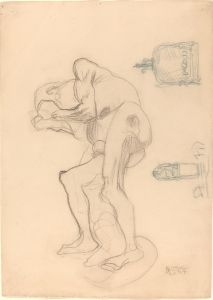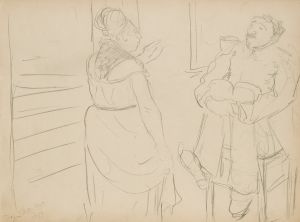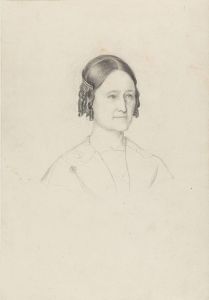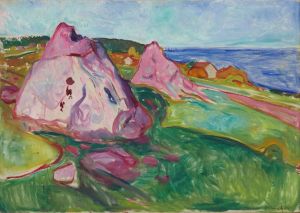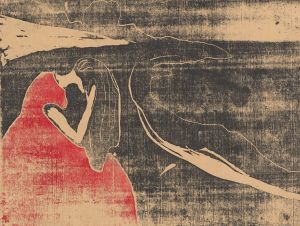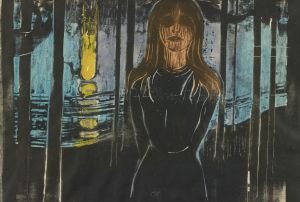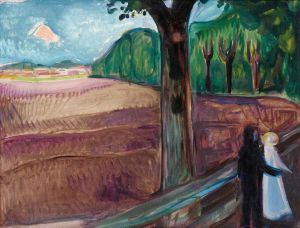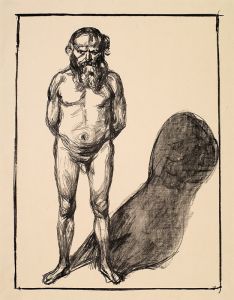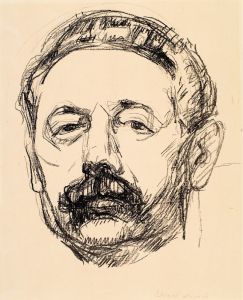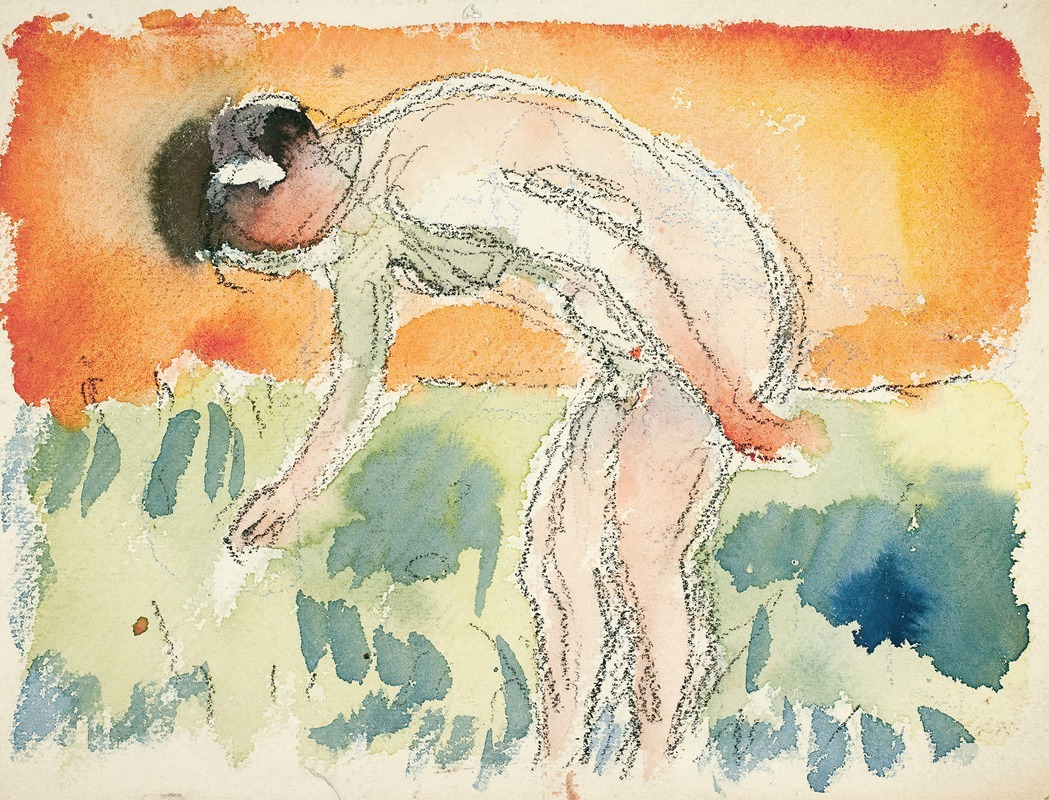
Akt som bøyer seg
A hand-painted replica of Edvard Munch’s masterpiece Akt som bøyer seg, meticulously crafted by professional artists to capture the true essence of the original. Each piece is created with museum-quality canvas and rare mineral pigments, carefully painted by experienced artists with delicate brushstrokes and rich, layered colors to perfectly recreate the texture of the original artwork. Unlike machine-printed reproductions, this hand-painted version brings the painting to life, infused with the artist’s emotions and skill in every stroke. Whether for personal collection or home decoration, it instantly elevates the artistic atmosphere of any space.
Akt som bøyer seg (Nude Bending Forward) is a painting by the renowned Norwegian artist Edvard Munch. Created in 1919, this work is a part of Munch's extensive exploration of the human form and emotional expression. Munch, who is best known for his iconic painting "The Scream," often delved into themes of existential angst, love, and death, and his works are characterized by their emotional intensity and innovative use of color and form.
In "Akt som bøyer seg," Munch presents a nude female figure bending forward, a pose that emphasizes the natural curves and lines of the human body. The painting is executed with Munch's characteristic loose brushwork and vibrant color palette, which together create a sense of movement and vitality. The figure's pose is both intimate and dynamic, capturing a moment of physicality that is both natural and expressive.
Munch's approach to the human figure was heavily influenced by his own experiences and psychological struggles. Throughout his life, he grappled with issues of mental health, which were often reflected in his art. His works frequently explore the complexities of human emotion and the darker aspects of the human psyche. In "Akt som bøyer seg," this exploration is evident in the way the figure's body is rendered with a sense of vulnerability and strength.
The painting is part of Munch's later body of work, created after he had established himself as a leading figure in the Symbolist and Expressionist movements. By 1919, Munch had already experienced significant success and recognition, but he continued to push the boundaries of his artistic practice. His later works, including "Akt som bøyer seg," are marked by a more mature and refined style, yet they retain the emotional intensity that defines his earlier pieces.
Munch's use of color in "Akt som bøyer seg" is particularly noteworthy. The painting features a rich, warm palette that enhances the sense of depth and form. The background is rendered in a way that contrasts with the figure, making her stand out and drawing the viewer's eye to the contours of her body. This use of color and contrast is a hallmark of Munch's style, contributing to the overall impact of the painting.
"Akt som bøyer seg" is housed in the Munch Museum in Oslo, Norway, which holds the largest collection of Munch's works. The museum was established to preserve and promote Munch's legacy, and it provides valuable insight into the artist's life and career. The painting is an important part of the museum's collection, offering visitors a glimpse into Munch's exploration of the human form and his continued innovation as an artist.
Overall, "Akt som bøyer seg" exemplifies Edvard Munch's ability to convey complex emotions through the depiction of the human body. The painting's combination of dynamic composition, expressive brushwork, and vibrant color makes it a significant work within Munch's oeuvre and a testament to his enduring influence on modern art.





